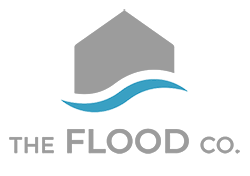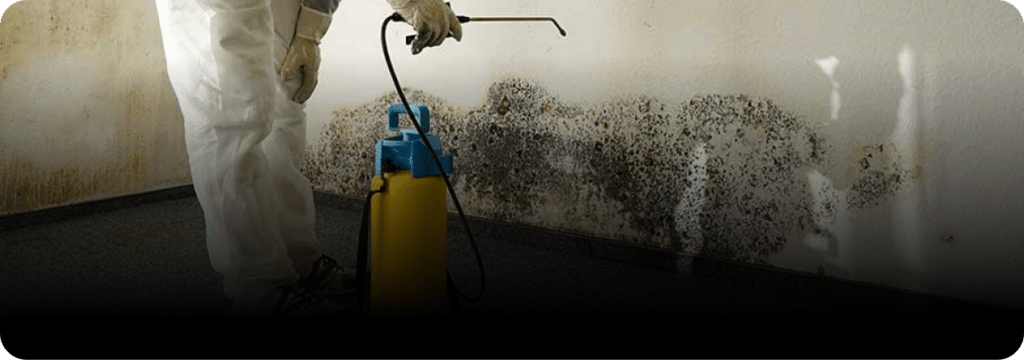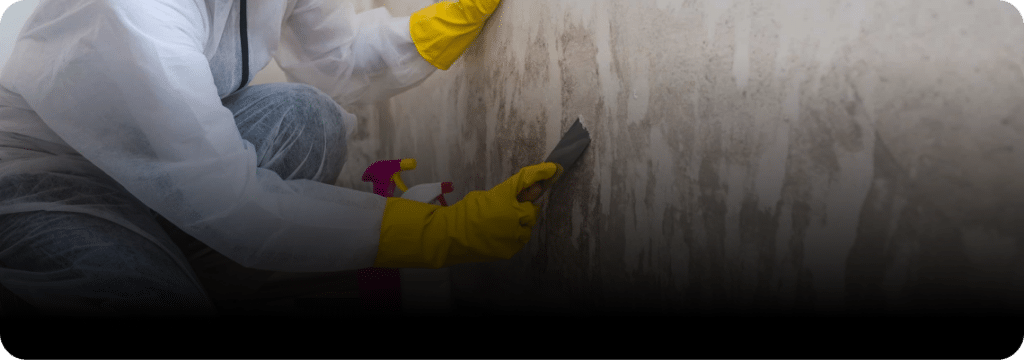Utah Mold Removal
Dampness and Time Allows Mold To Grow
Mold in a home or living space is a health concern and should be removed. Mold exposure is exposure to the chemicals produced by the mold colonies. Trying to kill mold does not take care of the problem. Mold needs to be physically removed. The removal is not normal demolition, large amounts of spores will become airborne.
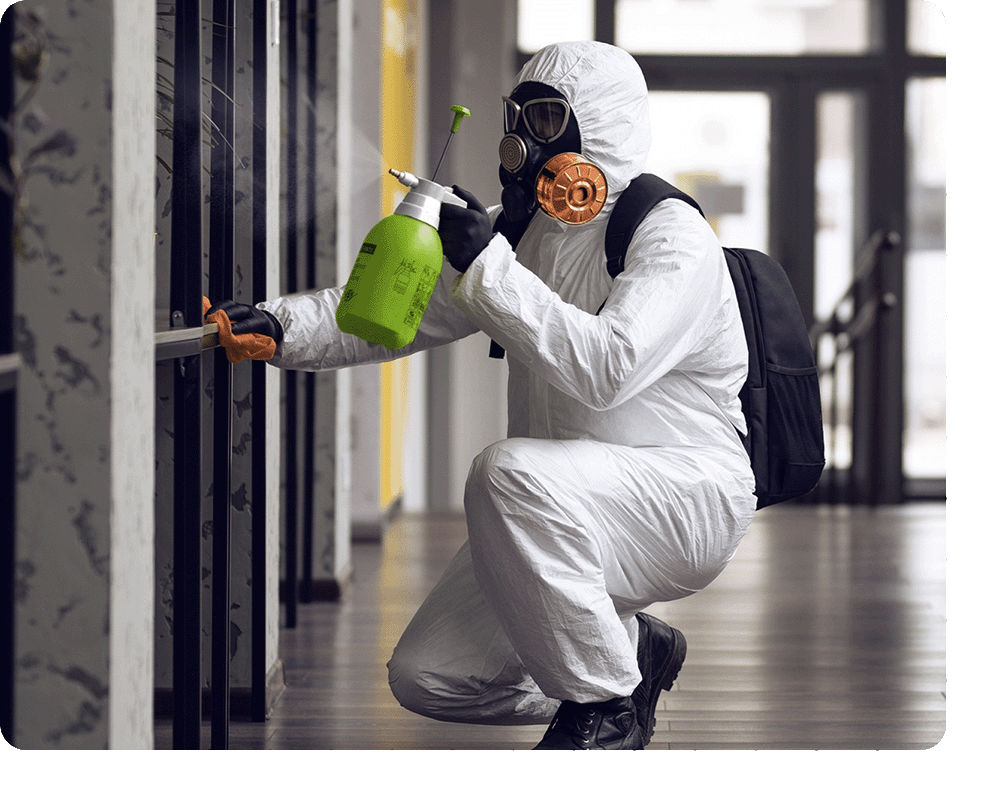
When the physical removal of mold is completed, air scrubbers should continue to run while all surfaces are thoroughly vacuumed and cleaned
Engineering controls should be used to contain, control, and collect spores that get airborne. Finish materials that are affected by mold should be cut out, bagged, and disposed of. Framing that is not rotted can be vacuumed, sanded, and vacuumed again to remove mold on framing.We Work With Insurance Companies, So You Don’t Have To


















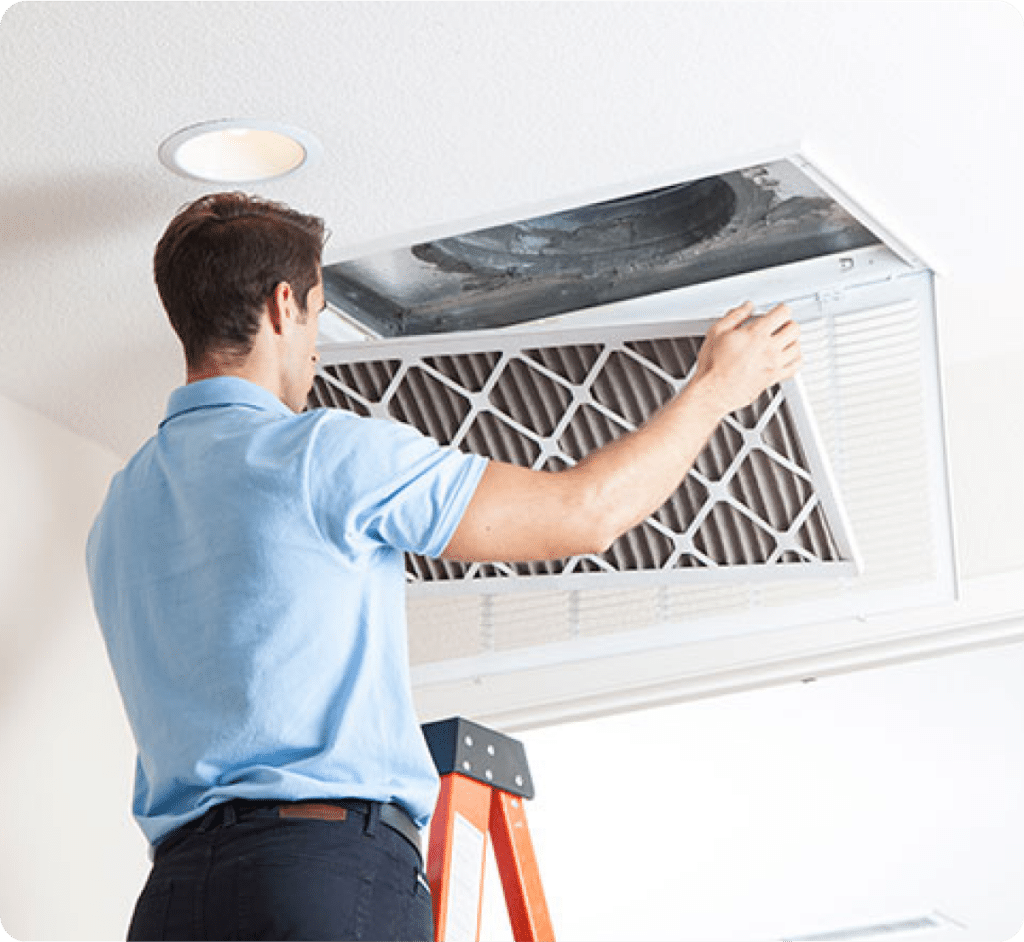
Mold Inspection

A thorough mold inspection is usually the first step. Although a home inspector may have pointed out some mold, it may just be the tip of the iceberg. Mold damage is typically found where there has been prior or current water damage.
1. Is it currently damp?
2. What was the moisture source?
3. Has the source been corrected?
4. What materials are affected?
5. How far does it go?
6. What will the removal consist of?
7. How is it done?
8. How much will it cost?
Those are all typical questions that should be addressed in a mold inspection. If you can definitively answer questions 1-7; you have probably gone too far and cross-contaminated the rest of your home. If a mold inspection includes air sampling but does not try to answer all of the above questions; get another mold inspector.
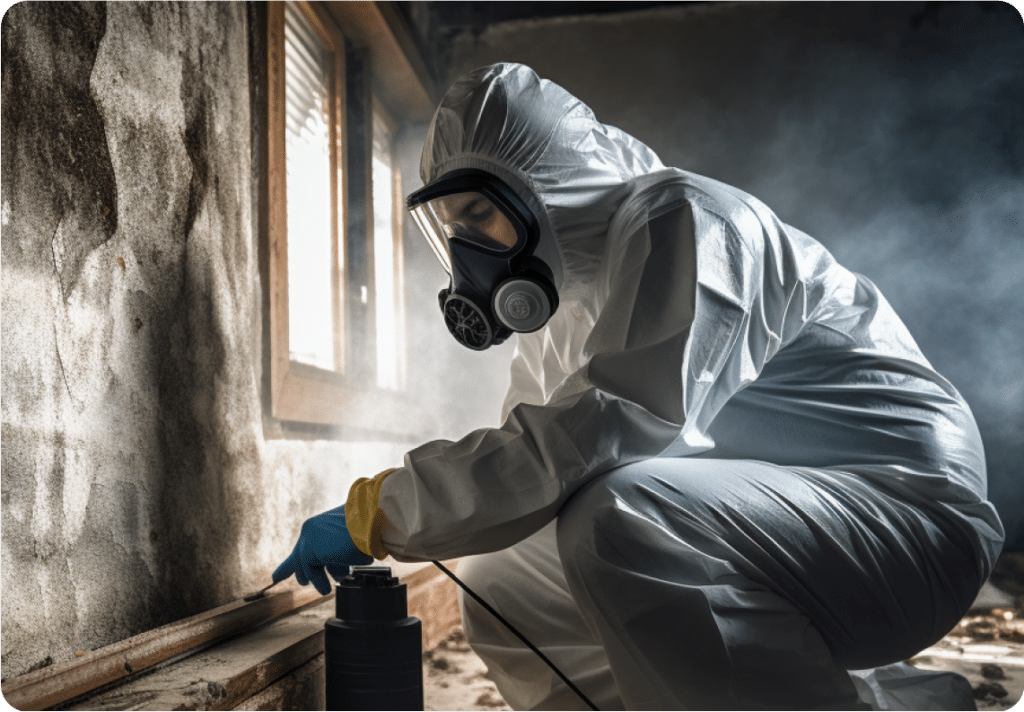
Mold Removal Guidelines

(Consolidated from guidelines from the EPA, OSHA, Air Canada, New York City, the industrial hygienist, and restoration industries.)
1. All mold indoors is potentially unhealthy.
2. Interior fungal growth should be physically removed.
3. ALL mold growth indoors should be remediated properly, not just Stachybotrys.
4. Non-structural porous building materials that are contaminated should be disposed of.
5. If structural materials are soft and rotted; they should be replaced.
6. If structural materials are strong, remove the mold by sanding and HEPA vacuuming.
7. Respirators and personal protective equipment should be used during all mold remediation projects.
8. Engineering controls should be used to minimize and control dust spores.
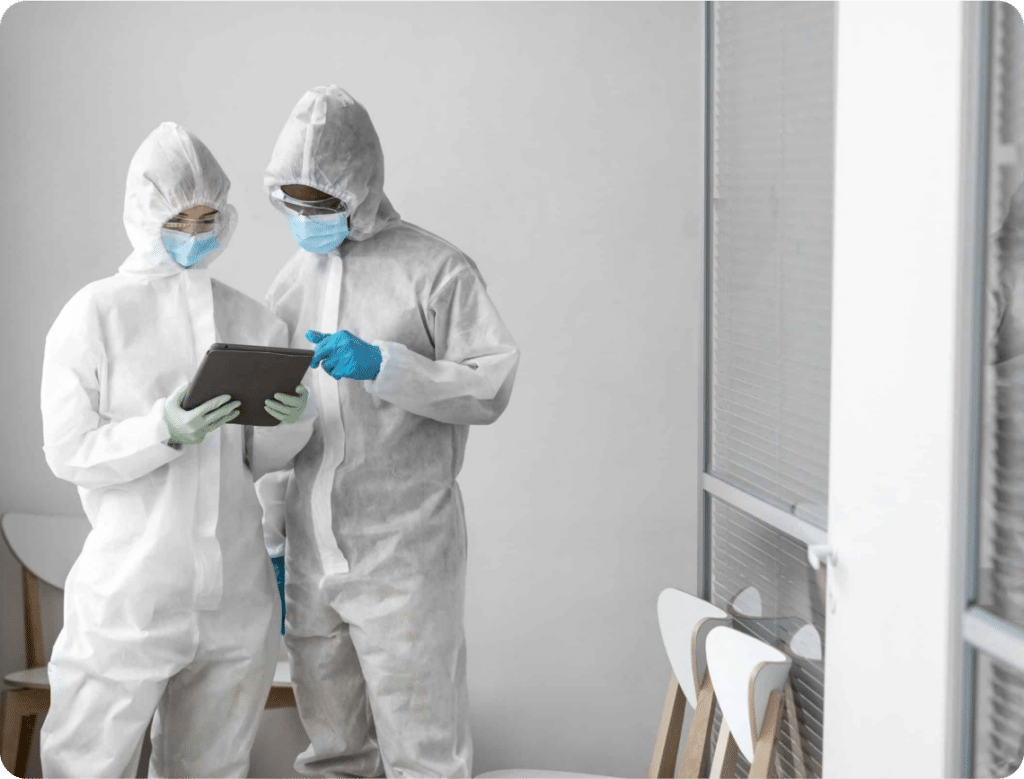
Health Risk of Mold

Mold growth indoors is potentially unhealthy. There are two main risks associated with mold exposure.
1. The first risk is, it could lead to a fungal infection. Those most at risk are infants, toddlers, the elderly, and those with weak respiratory or immune systems. Some fungal infections can be serious and difficult to fight off. Some fungal infections can leave permanent scar tissue in sinuses and lungs that may need to be surgically removed.
2. The second risk is chemical exposure. All mold colonies produce chemicals, this is how they compete in the ecosystem. Some of the chemicals are poisons and carcinogens. Hence the references to allergenic varieties of mold and toxic molds. The chemicals are on the colonies and on the spores. When the spores become airborne and we breathe them in, we are exposed to the chemicals.
Call The Flood Co. for Immediate Assistance
Emergency Mold Removal & Mold Inspection & Testing Available 24/7
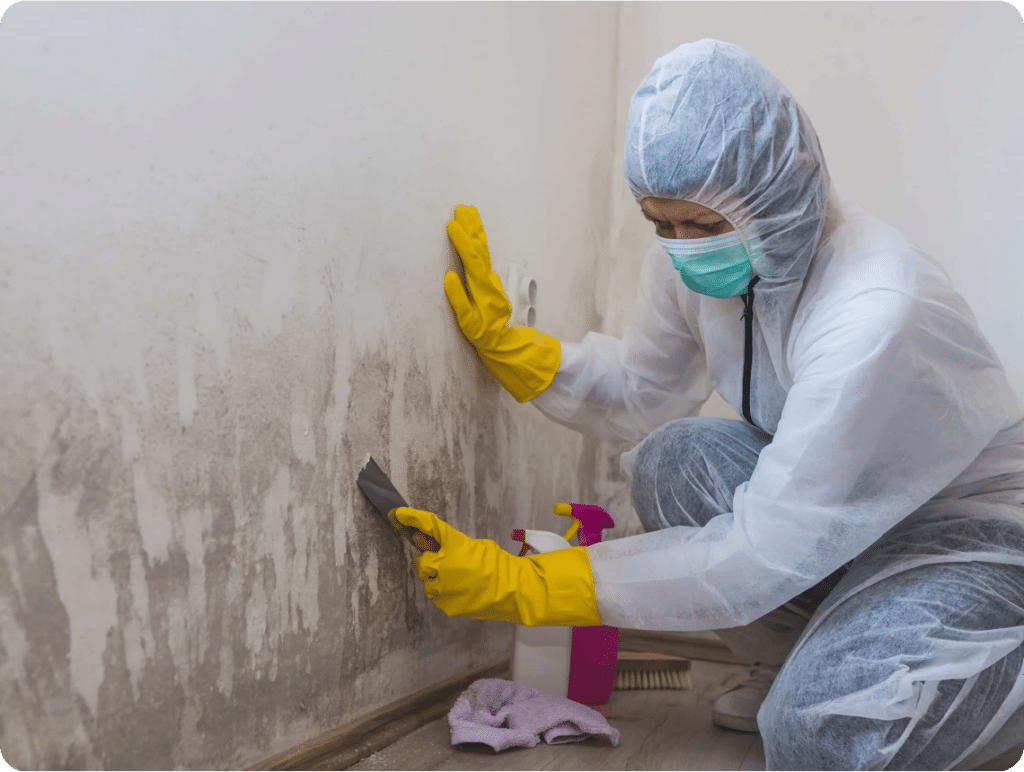
Mold Testing

Mold testing does have its place. Additional questions mold sampling can help answer include:
1. What type of mold is present?
2. What are the levels already in the air?
3. Are the levels unhealthy?
4. How much has it spread to other areas?
Mold testing is also commonly used to document the levels of spores in the air before and after mold removal. Lab results confirming the cleanliness of space after mold has been removed can give confidence and peace of mind to all parties.
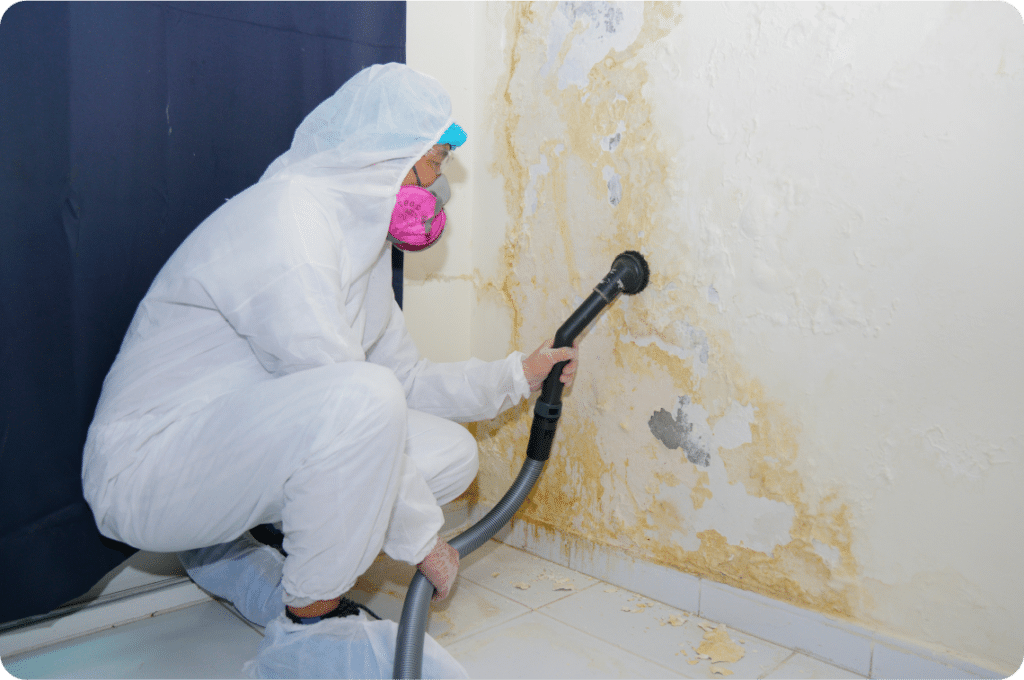
Utah Mold Removal

The removal should be done with containment, under negative pressure using HEPA-filtered air scrubbers. All affected materials should be bagged and properly disposed of. Structural materials like subfloor and framing should be HEPA-vacuumed, then sanded and HEPA-vacuumed again. All surfaces in the containment should be HEPA-vacuumed and cleaned before containment is removed. Workers should wear personal protective equipment (PPE), including HEPA-filtered respirators. Quantitative air sampling is recommended to document the levels of spores before and after the remediation and to help verify the success of the removal.
frequently asked questions About Mold
Yes! If dampness persists the bad stuff will grow.
Black mold is a term that is often used to refer to Stachybotrys mold or other varieties of toxic mold, although the color is not a reliable way to identify mold.
Maybe; but never, never, never use bleach on mold. If you use it improperly it could be more dangerous than the mold. The goal is to physically remove the mold, not kill it.
No, unless there is more dampness that allows it to grow again.
Mold can be all textures and colors. You can not identify it by appearance alone.
No. Mold should be physically removed with proper engineering controls in place.
Yes; it can be. Mold growth indoors is potentially unhealthy.
Mold exposure is chemical exposure. Chemicals are not alive, trying to “kill” them is meaningless. The goal is to physically remove mold without allowing spores to spread to other areas.
Just as their label says, they remove the “stains” by bleaching them. They DO NOT remove the mold. It is still there and remains a potential health risk.
Yes. If all the mold has been accurately diagnosed and is well documented. Send it to us and we will give you an estimate. If not, you’re not ready for an estimate; you need an inspection.
Mold growth on grout and caulking generally does not require professional removal. Wear a respirator and aggressively clean the areas. When all of the stains can no longer be removed from the caulking, it is time to cut out the old caulking and replace it.
If bad refers to the removal rather than the mold, the answer is yes. Mold removal is not regular demolition. If proper engineering controls are not used, millions of spores can be released into the air and contaminate the entire structure.

